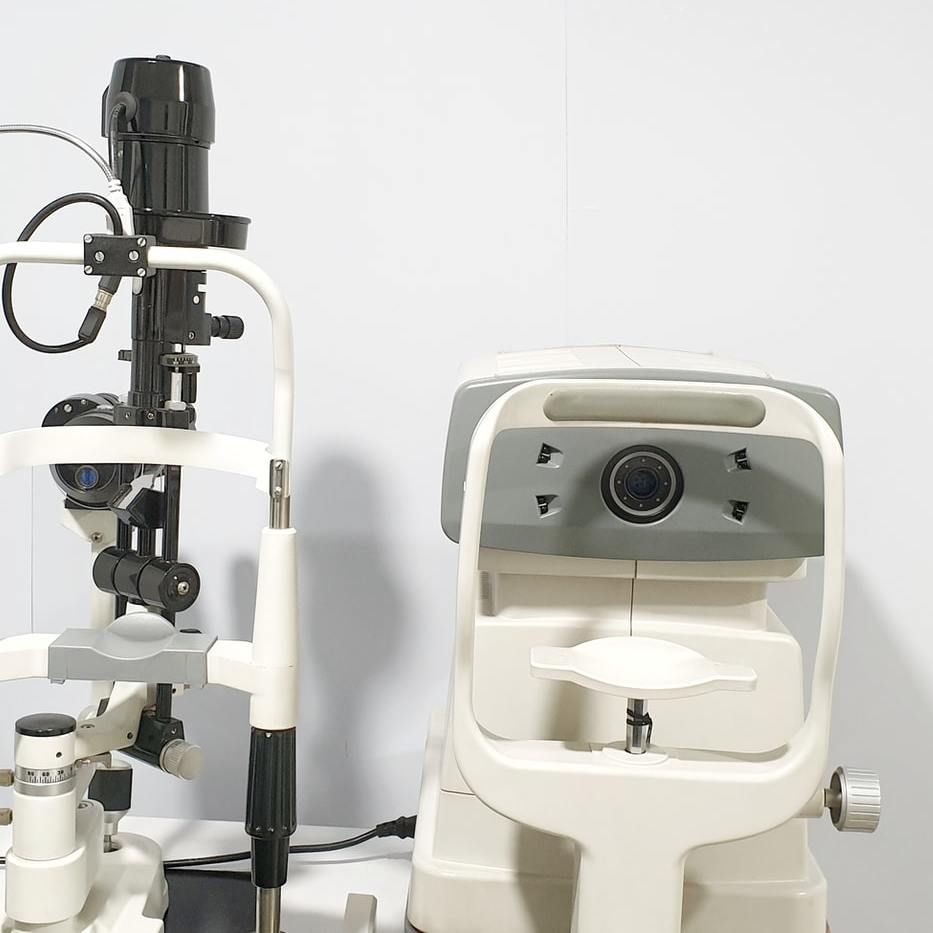Article
Study Offers Insight into Post-Intravitreal Injection Urgent Visits
Author(s):
Investigators report a low incidence rate of unscheduled or urgent visits within 7 days of injection.

A new study characterized the incidences of urgent follow-up visits following intravitreal injections for a variety of ocular/retinal conditions. These findings were presented at the Association for Research in Vision and Ophthalmology (ARVO) Virtual Meeting.
Led by Alexander Miller of Retina Associates of Cleveland Inc, the investigators of a single clinic retrospective cohort study evaluated patients who received intravitreal injections over 2 years.
Even more, they particularly identified those with unscheduled or urgent visits within 7 days of injection — the study goal was to determine and evaluate incidences of acute complications post-injection.
The data they collected included demographic information, clinical characteristics of the eyes at baseline and follow-up, medication injection, reason for injection, purpose of urgent follow-up, as well as other clinical characteristics.
They also took note of visual acuity on both injection and urgent visits, intraocular pressure on both visits, and type of anesthesia during the injection.
Overall, the team evaluated 73,286 injections, all of which were performed by 15 retinal specialists during the stupid period.
They noted that the medication injections that were used over the 2-year period were aflibercept (60.3%), ranibizumab (22.4%), bevacizumab (13.4%), dexamethasone (2%), triamcinolone acetonide (1.6%), brolucizumab-dbll (1.59%), fluocinolone acetonide intravitreal implant 0.19 mg (0.2%), and fluocinolone acetonide intravitreal implant 0.18 mg (0.03%).
Of that total number administered, 441 injections resulted in urgent follow-up visits—leading to a 0.60% incidence rate.
Mean patient age of the follow-up population was 72.1 years with the majority (57.6%) being female. The average length between injection and visit was 3.96 days.
For this subpopulation, the medications associated with urgent vists were aflibercept (42.9%), bevacizumab (37.4%), ranibizumab (7.9%), dexamethasone (6.8%), brolucizumab-dbl (2.7%), and triamcinolone acetonide (2.3%).
The most common reasons for these visits were blurred vision (37.2%) and seeing flashes or floaters or having posterior vitreous detachment (PVD) (12.5%).
Other reasons included pain (9.5%), corneal abrasion (9.8%), subconjunctival hemorrhage (7.5%), corneal dryness or foreign body sensation (6.6%), endophthalmitis (4.5%), vitreous hemorrhage (4.1%), iritis or uveitis (2.5%), miscellaneous complications (2.0%), elevated intraocular pressure (1.6%), and choroidal neovascular membrane 0.9%), retinal detachment or tear (0.9%), and traumatic cataract (0.45%).
“There is a very low incidence of acute complications from these injections, but a large population of patients are affected because of the number of injections performed,” the investigators wrote. “Ophthalmologists can use these findings to help in treating their patients requiring intravitreal injections, and in evaluating those who may be having a complication.”
The study, “Analysis of Urgent Follow Up Visits and Complications After Intravitreal Injections: A Retrospective Cohort Study,” was presented at ARVO 2021.




